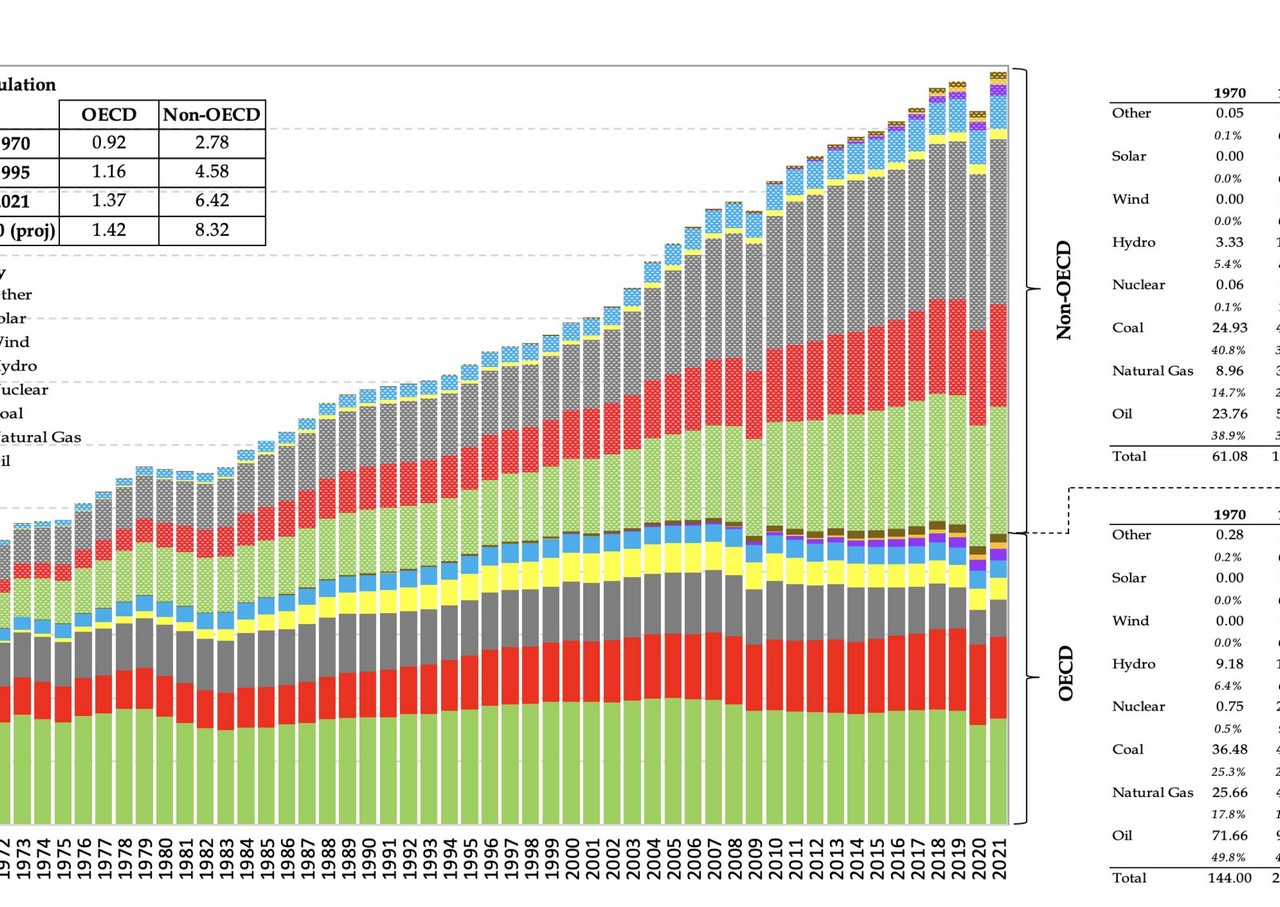Texas’ legacy power financial system and geology are perfect for growing a strong hydrogen market, which can play an necessary function in sustainability, however a profitable power transition additionally requires a shift in coverage and market construction, based on a brand new report from Rice College’s Baker Institute for Public Coverage.
Changing the state’s legacy infrastructure and present industrial makes use of of hydrogen to low-carbon manufacturing applied sciences is probably going essentially the most expedient path to broader hydrogen use, the report argues.
“Texas is in a really advantageous place to play a number one function in driving hydrogen market progress, however the evolution of coverage and market construction will dictate whether or not or not this involves cross,” wrote co-authors Ken Medlock, senior director of the Baker Institute’s Middle for Vitality Research, and Shih Yu (Elsie) Hung, analysis supervisor on the middle.
Hydrogen’s largest power is its range, Medlock and Hung argue. “It may be produced in a lot of other ways—together with steam-methane reforming, electrolysis and pyrolysis—so it may possibly leverage a wide range of comparative benefits throughout areas,” they wrote. Hydrogen can be utilized in gas cells to generate electrical energy or energy and warmth, based on the U.S. Division of Vitality.
For Texas, utilizing present infrastructure will assist handle the financial hurdles of transition and promote affordability. Texas has a big pure fuel manufacturing, transport, storage and end-use footprint in addition to a strong industrial sector that features petroleum merchandise, chemical substances, and plastics. Additionally it is residence to the nation’s largest regional port capability. All of this contributes to deep experience in logistics and provide chain administration.
The state additionally already has an present hydrogen market with two-thirds of the nation’s hydrogen transport infrastructure. Moreover, the coastal geology of Texas is good for long-term storage of hydrogen and carbon.
But, the extent to which hydrogen markets can broaden will rely upon federal, state and native coverage frameworks. Insurance policies that don’t promote value and quantity transparency can restrict funding and prohibit the event wanted to achieve significant scale, the authors argue.
“(Hydrogen’s) growth as an power provider past its conventional makes use of in industrial purposes will rely closely on 1) important funding in infrastructure and a pair of) well-designed market buildings with acceptable regulatory architectures,” they wrote. “A scarcity of both will danger coordination failure alongside hydrogen provide chains and, thus, threaten to derail any momentum which will at present be constructing.”
To efficiently generate the size wanted for broad hydrogen adoption, policymakers should take a full worth chain method, the authors argue. Whereas latest federal emphasis on infrastructure funding is useful, market design should even be addressed to make sure long-term progress, they stated.
The historical past of the U.S. pure fuel market carries some necessary classes concerning the roles of infrastructure funding and market construction in selling market liquidity. Insurance policies that help infrastructure funding alongside your entire provide chain and encourage competitors and transparency may catalyze hydrogen market growth, based on the report.







